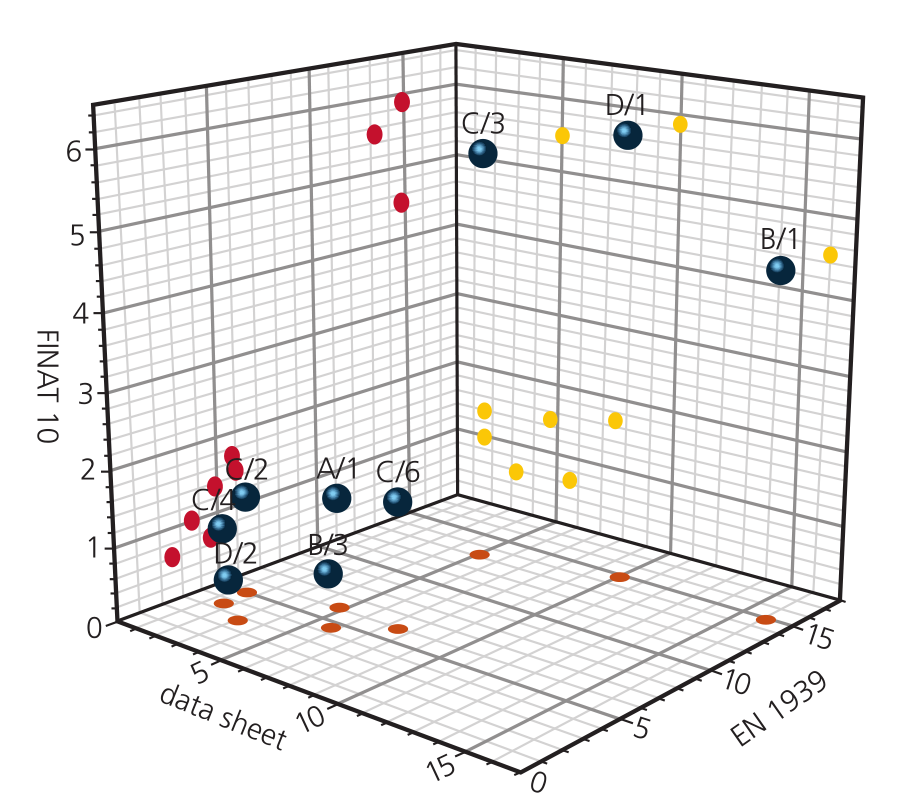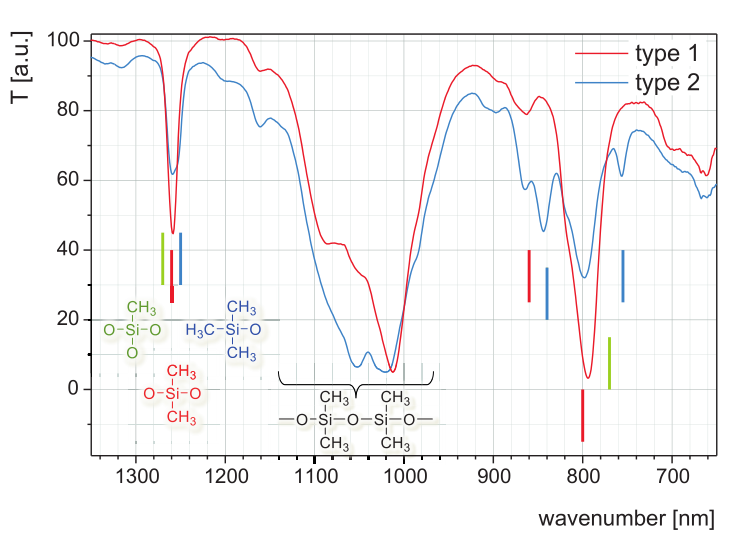What is a release liner?
There is a wide variety of products and intermediate, which have an adhesive layer or a reactive resin for a later application: adhesive films, labels, prepregs etc. The sticky surface of these materials is covered by a protective film, which is remove just before application. This film is called release liner. It is made of paper or a polymer film coated with an antiadhesive silicone resin.

